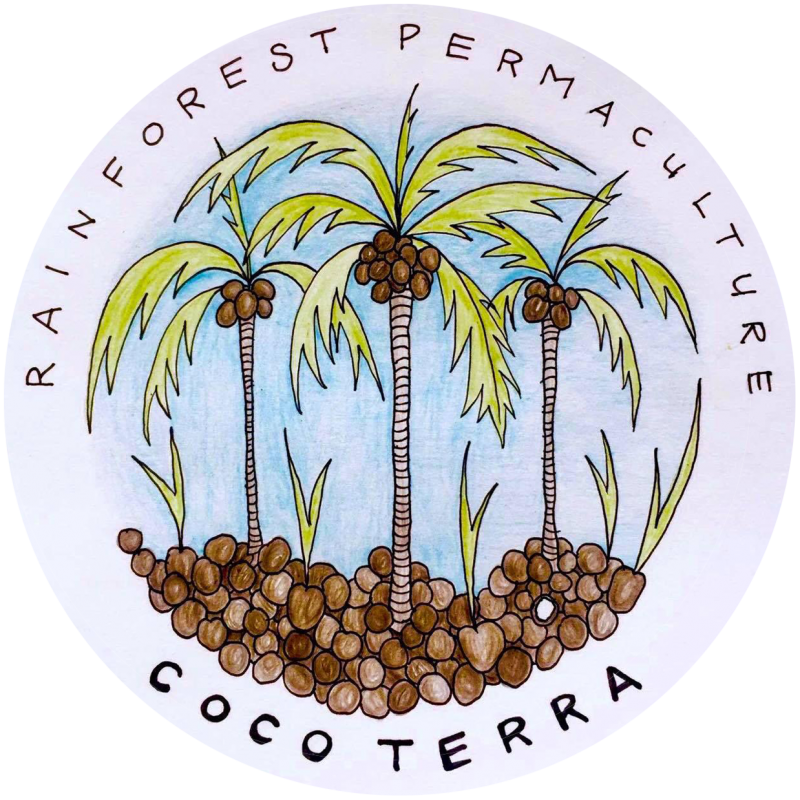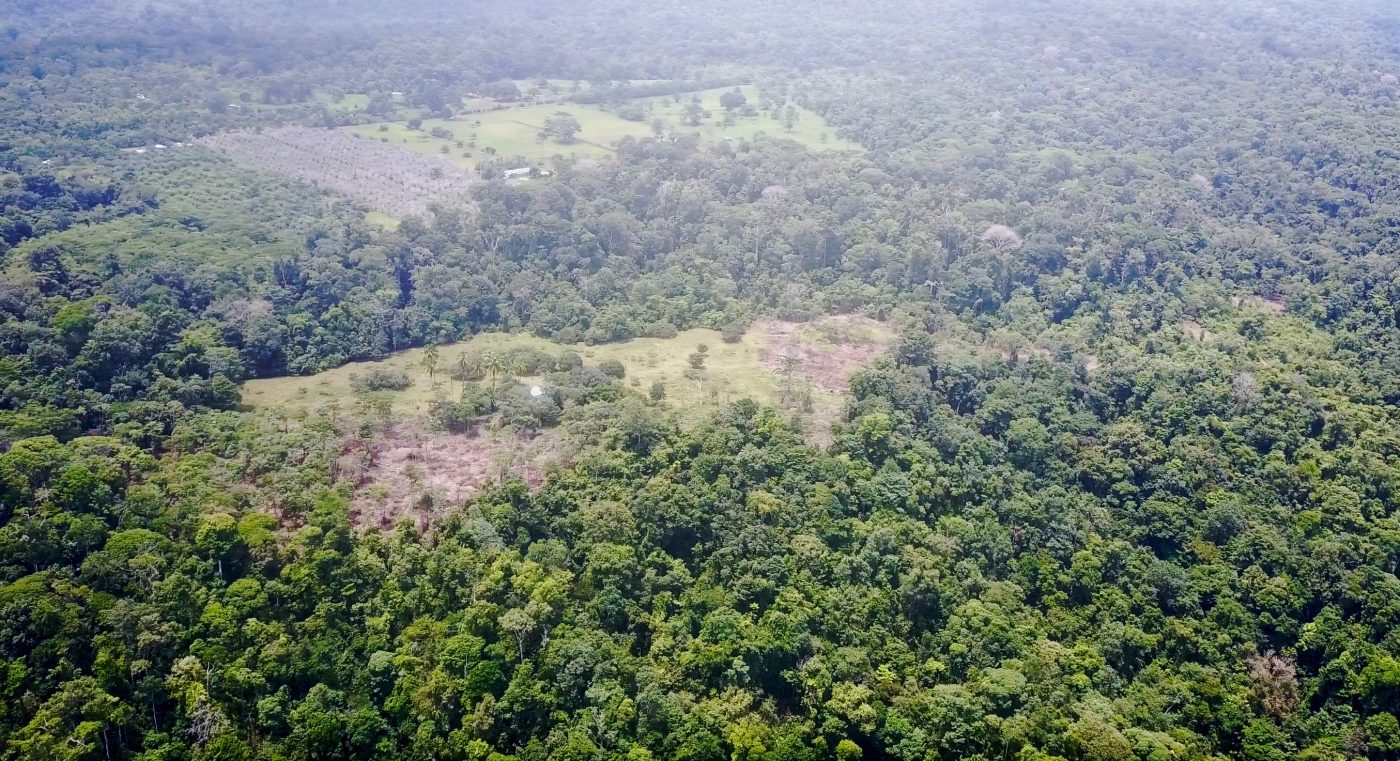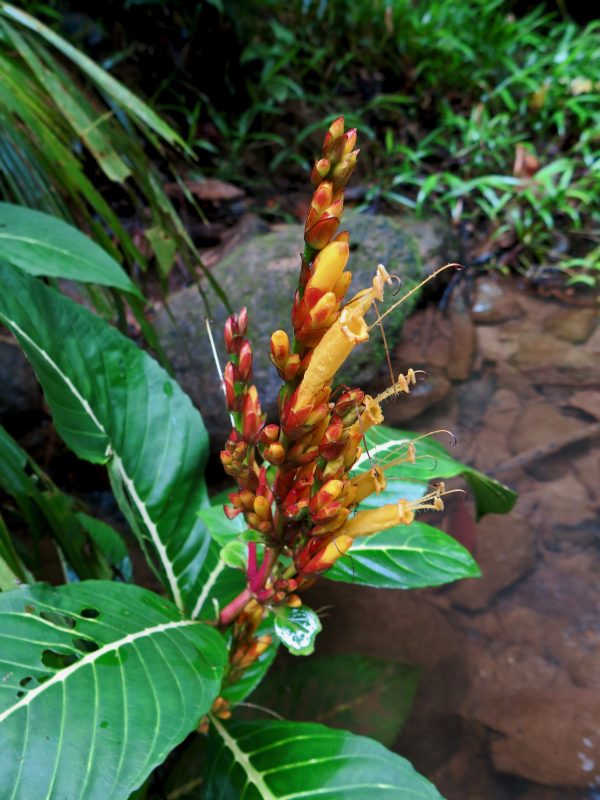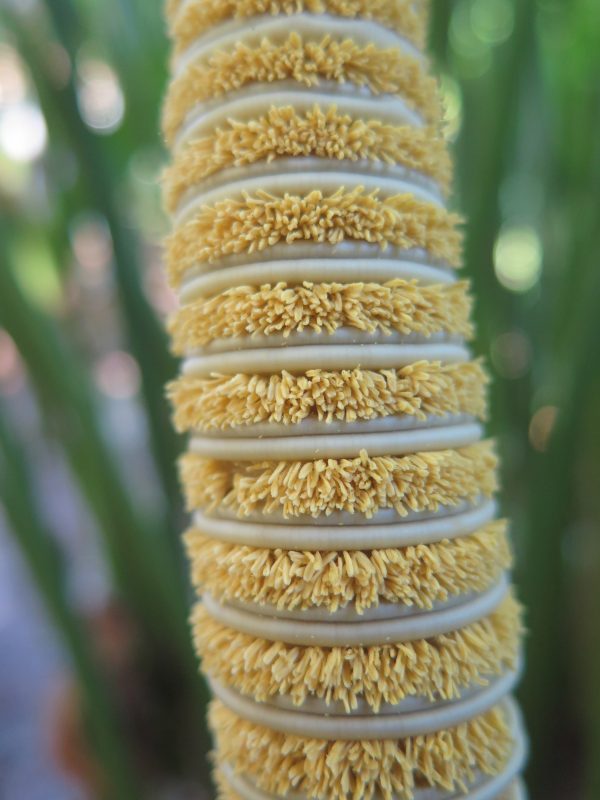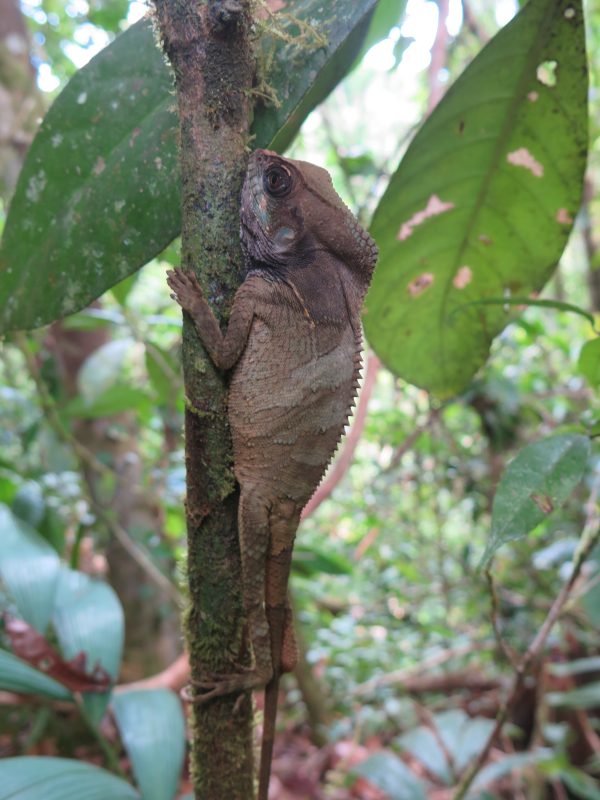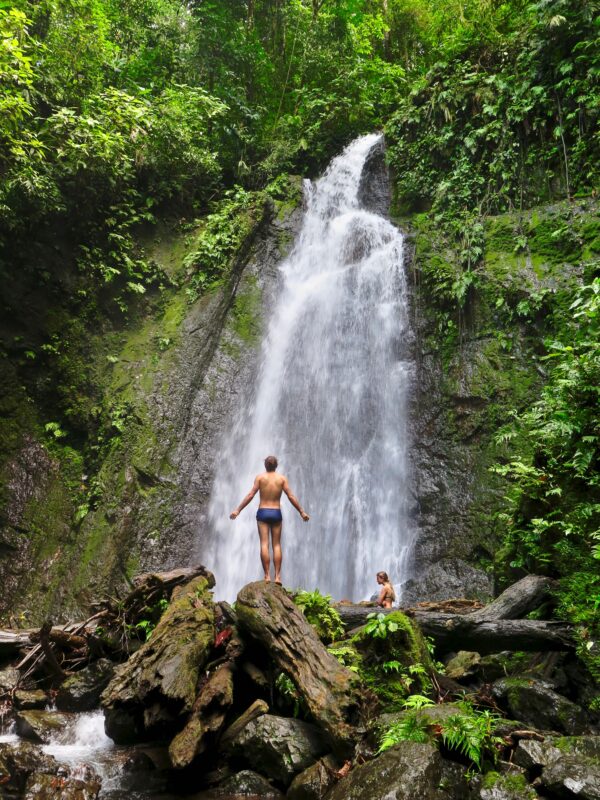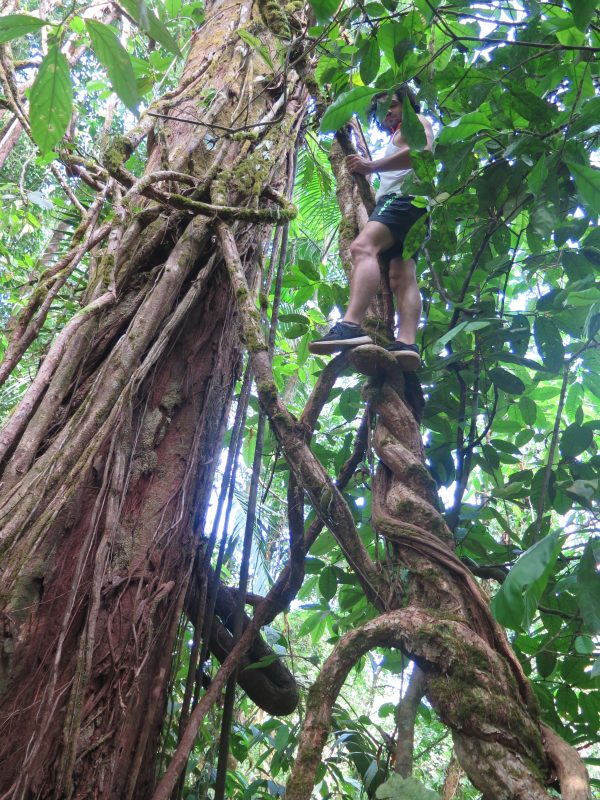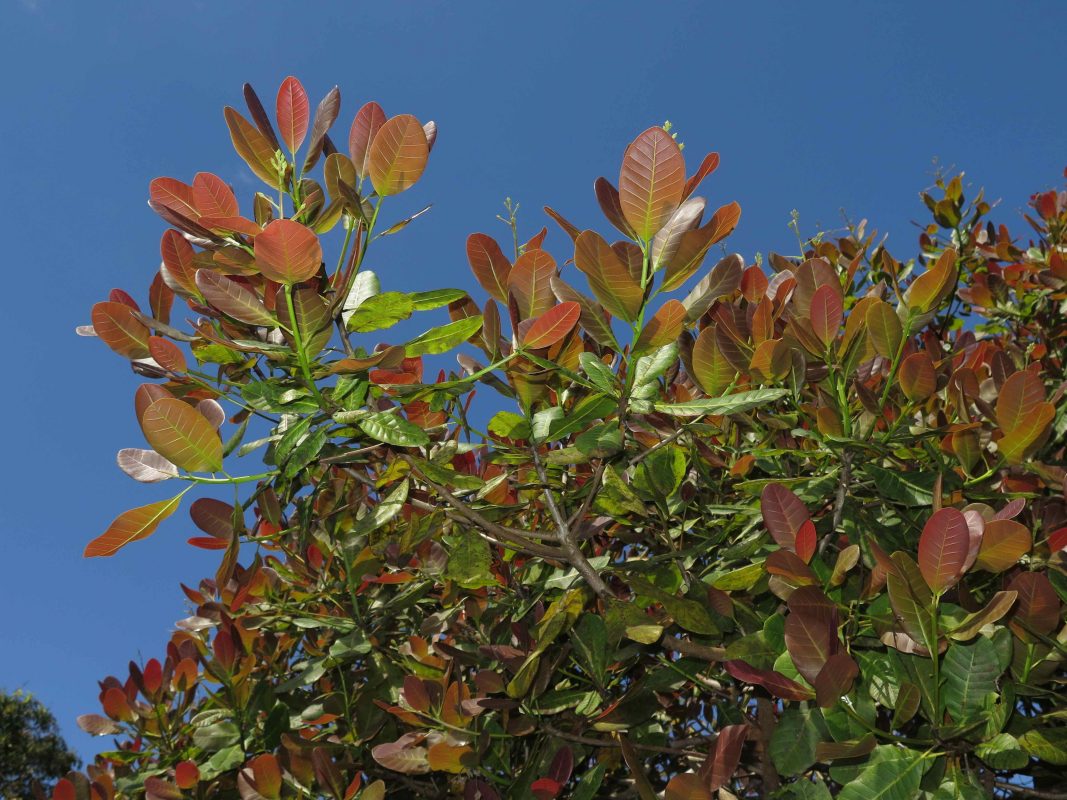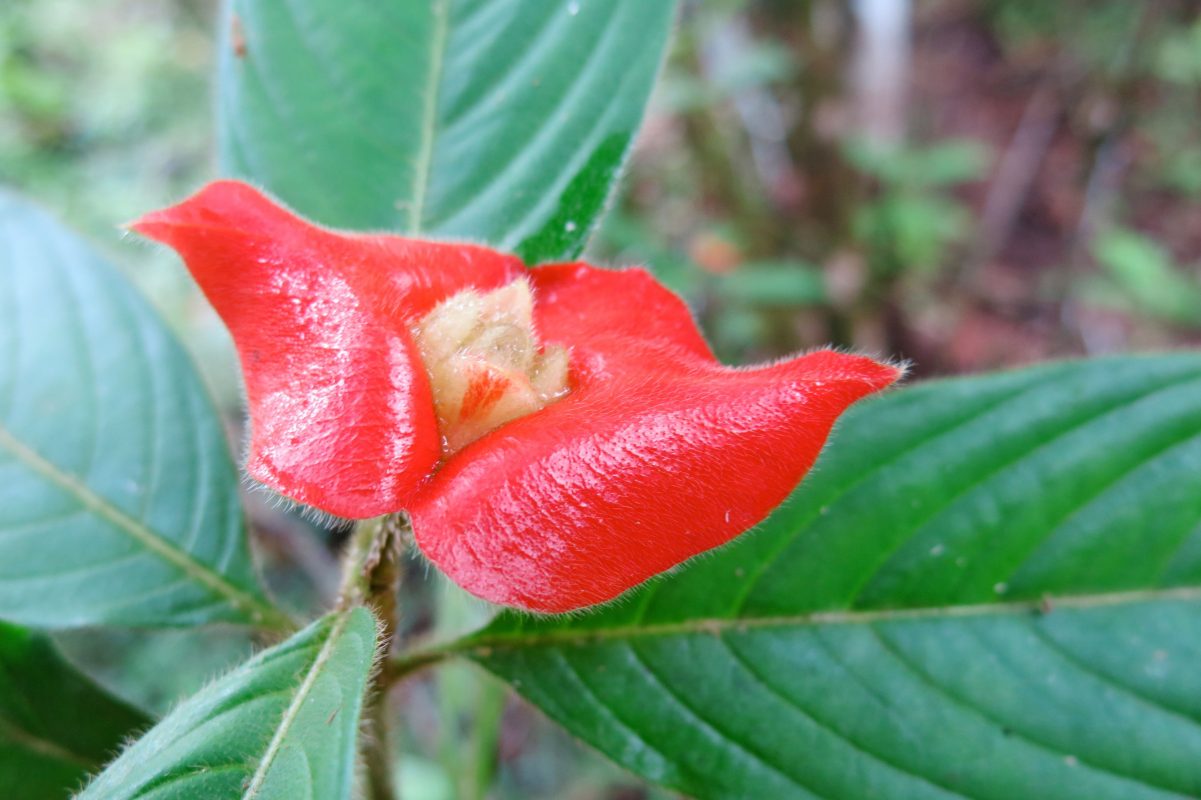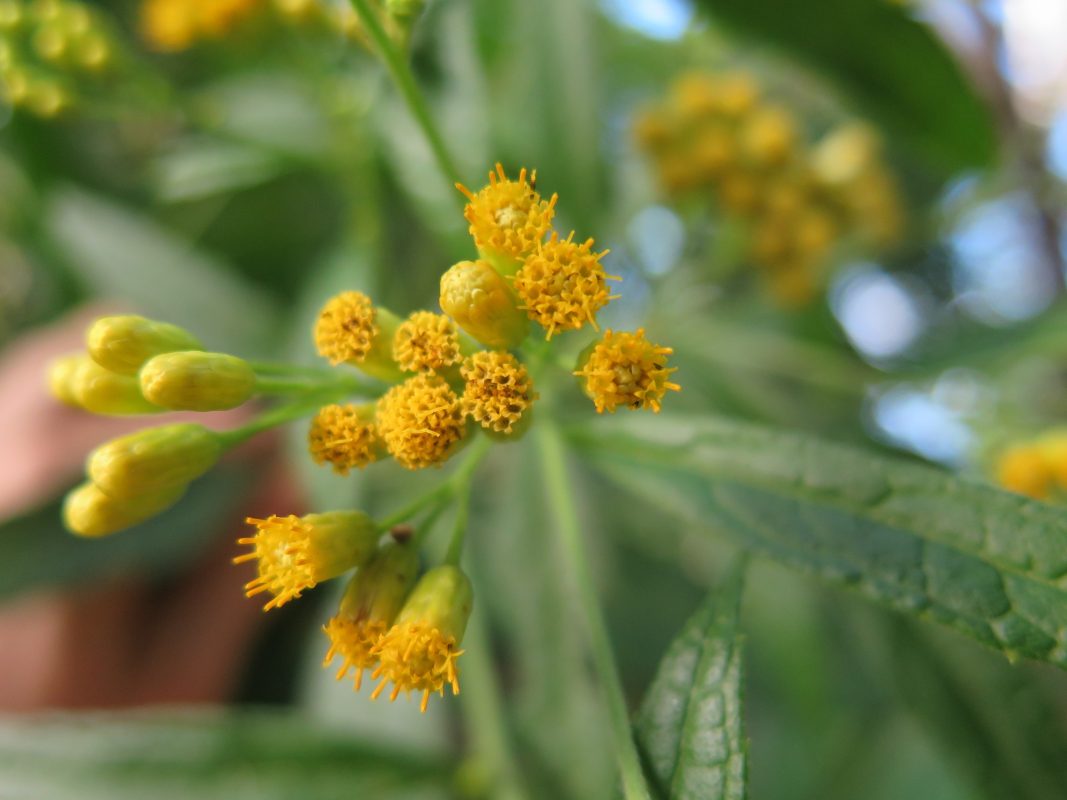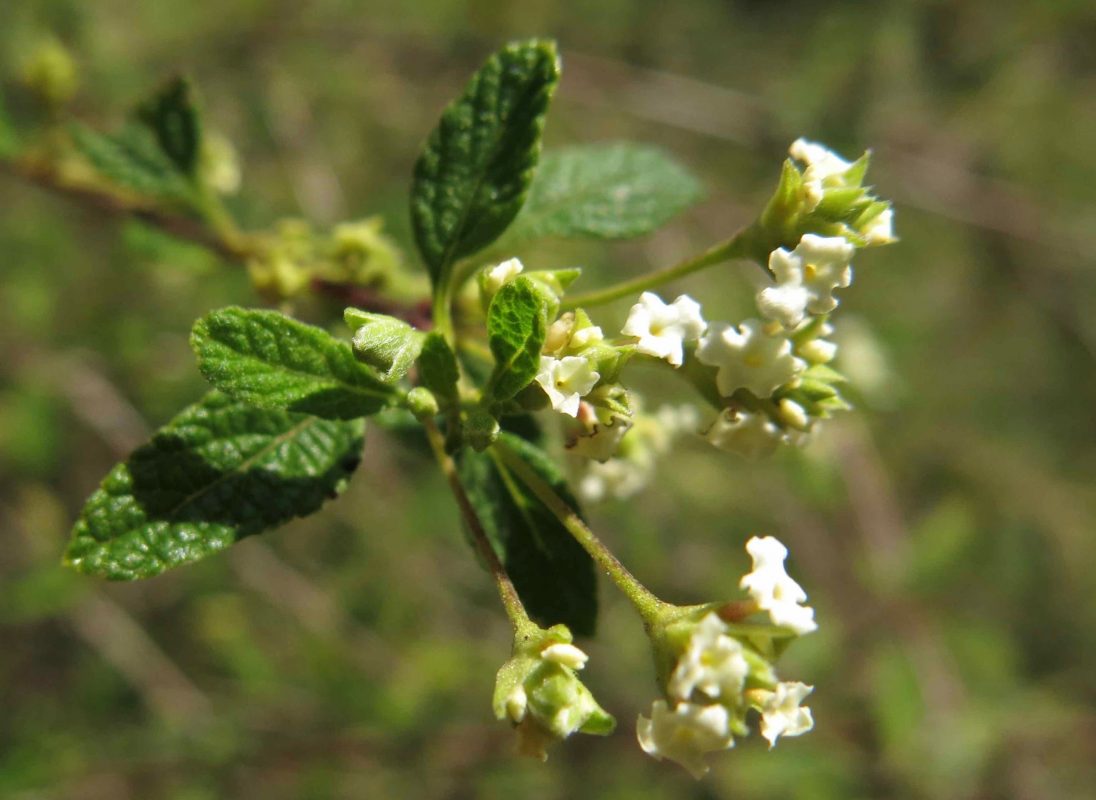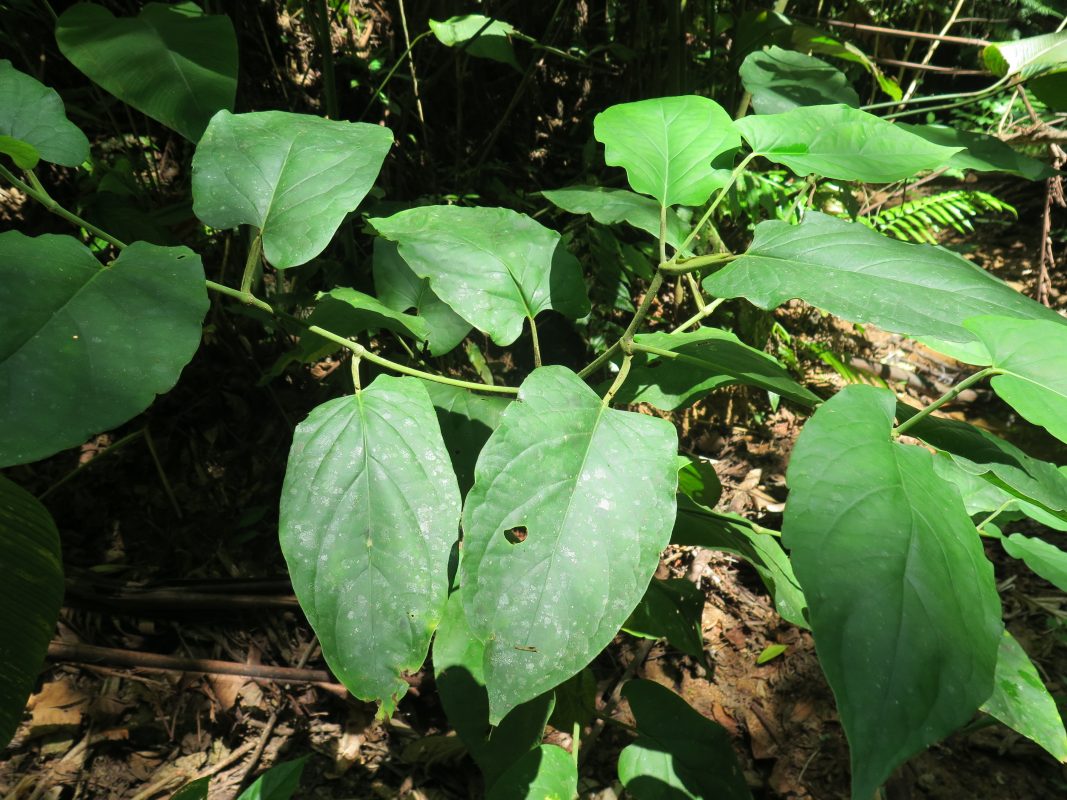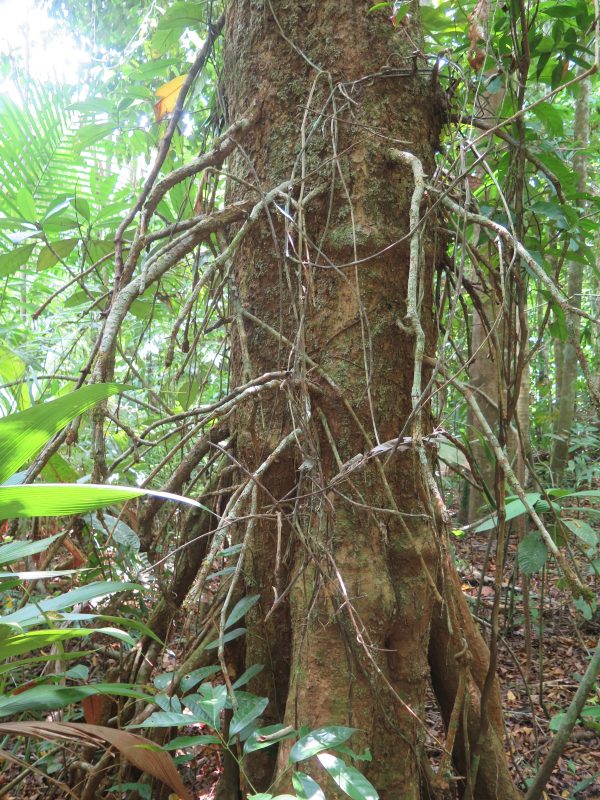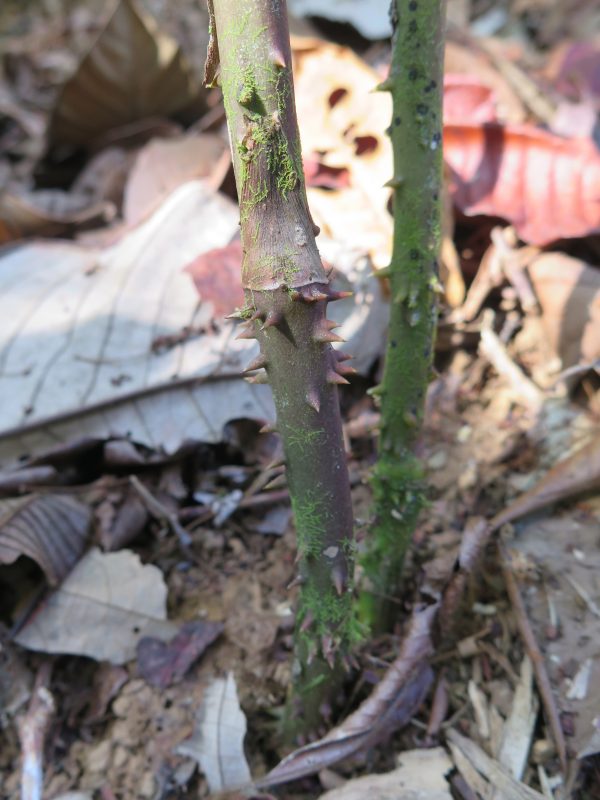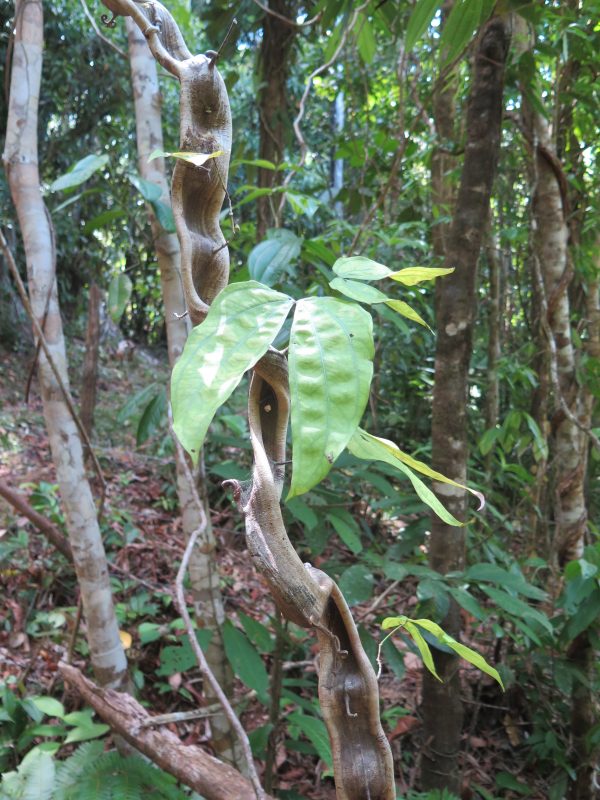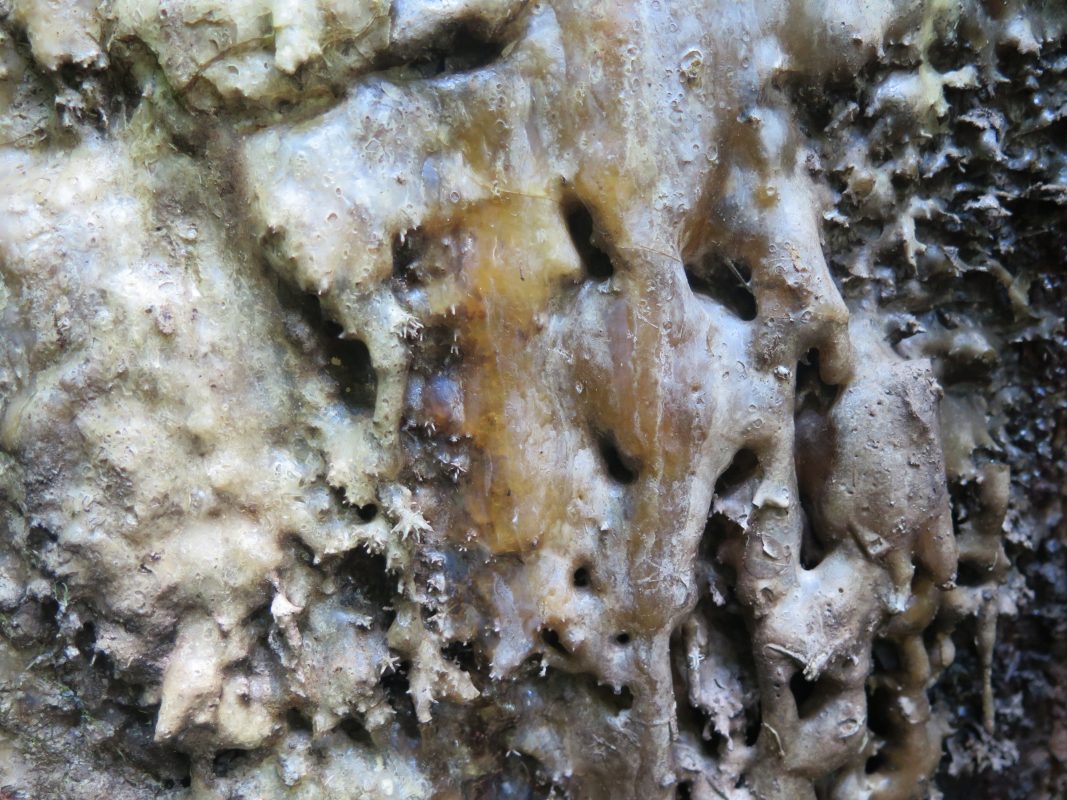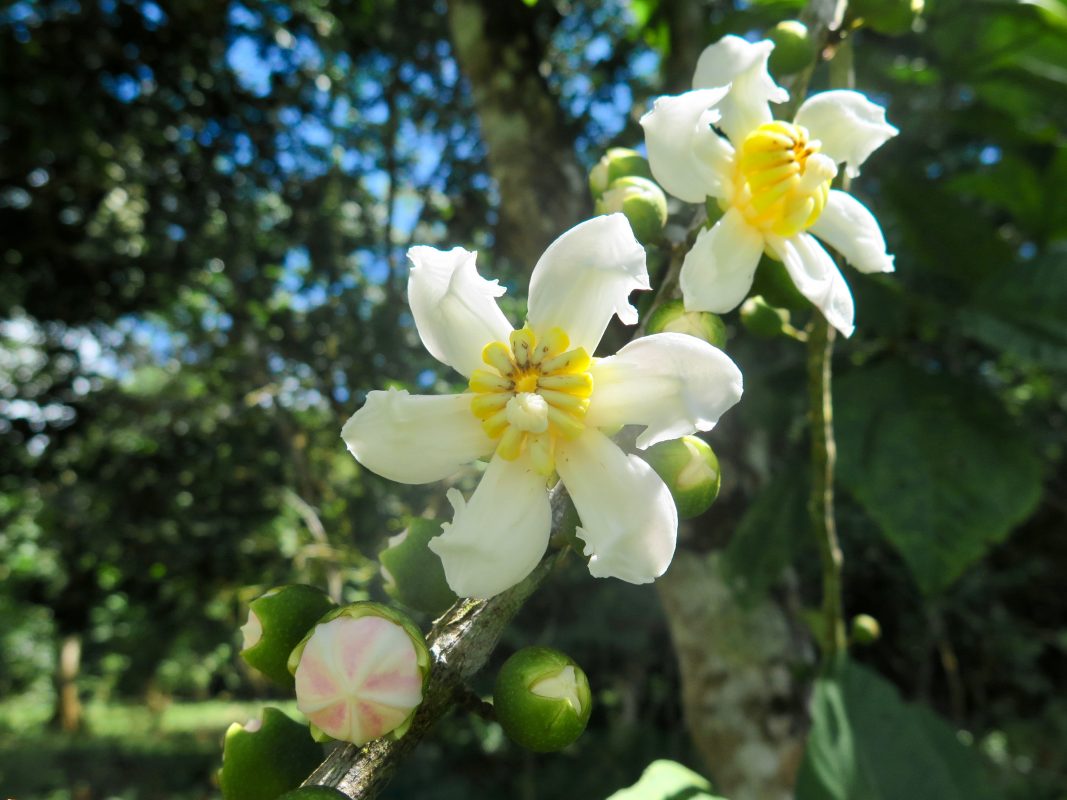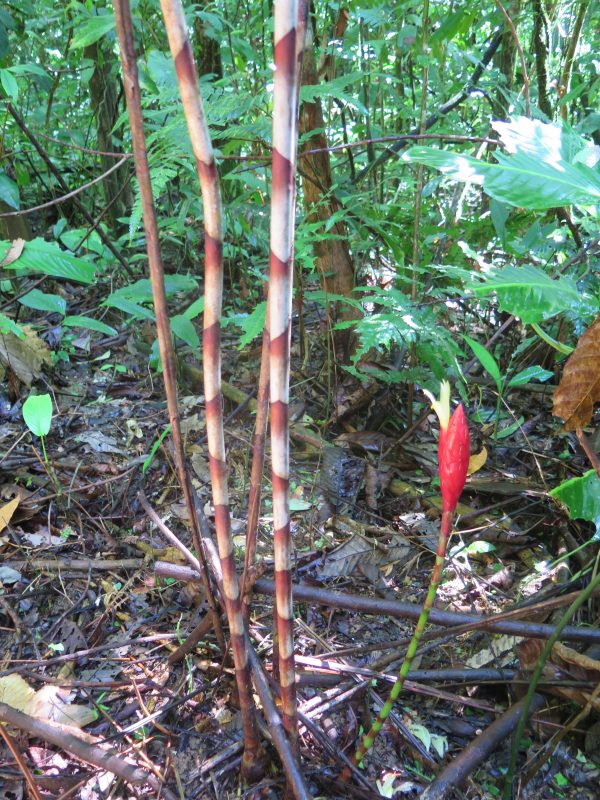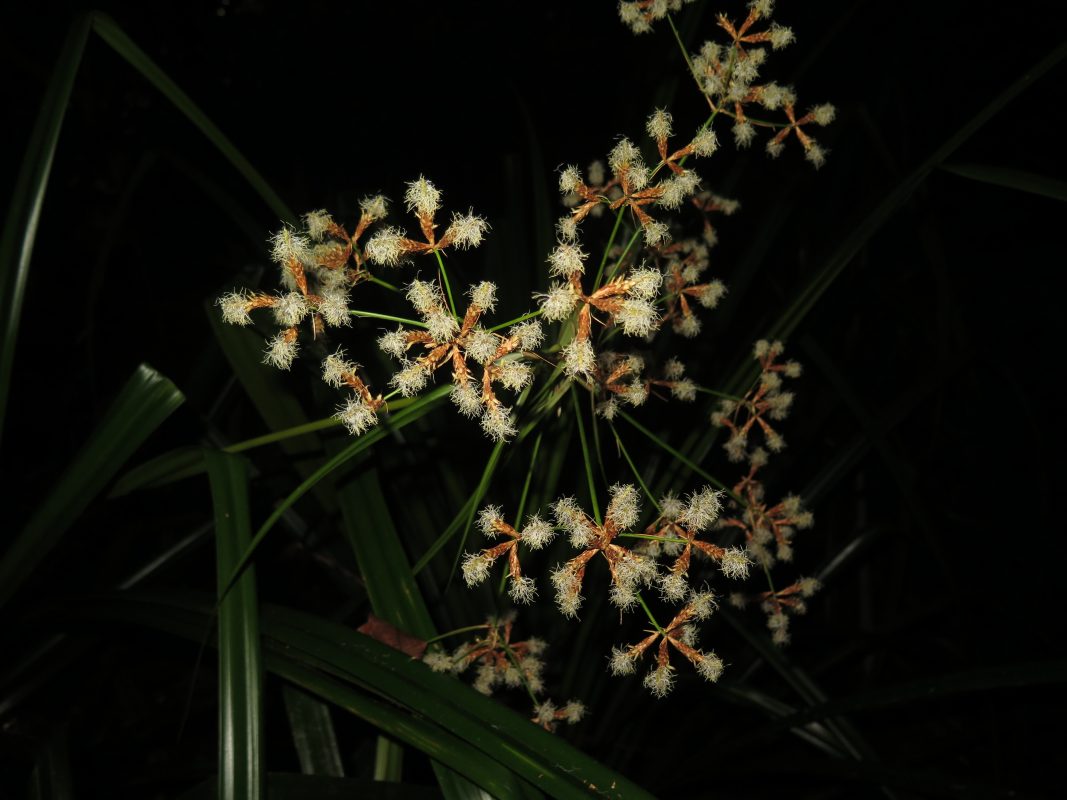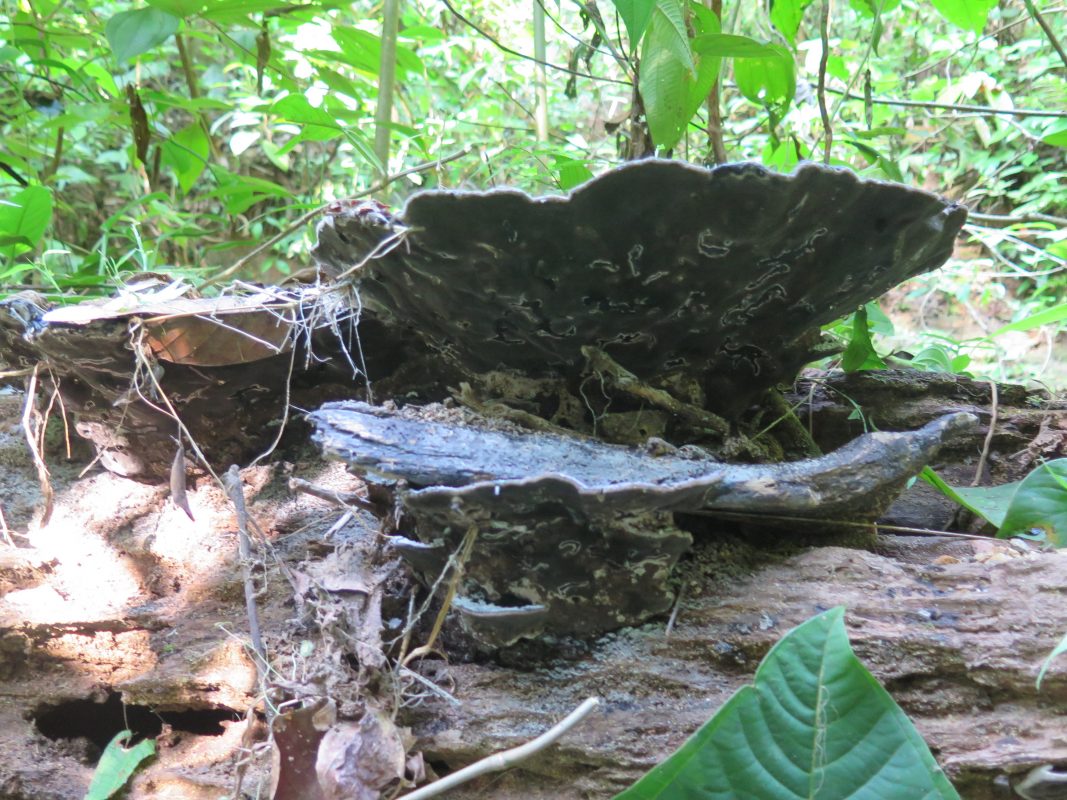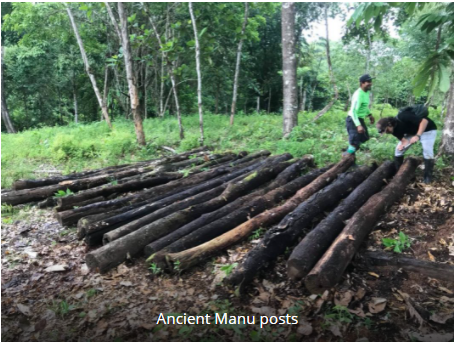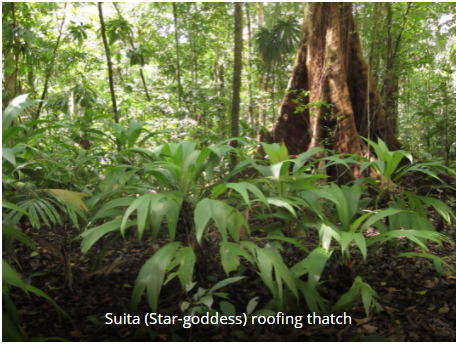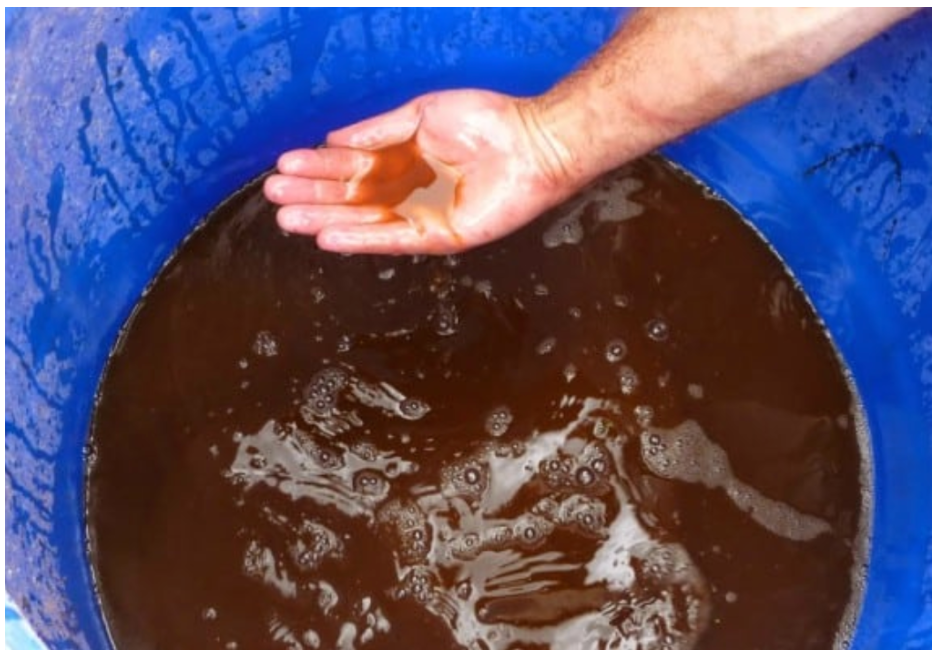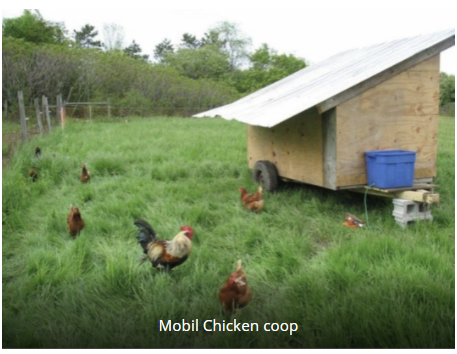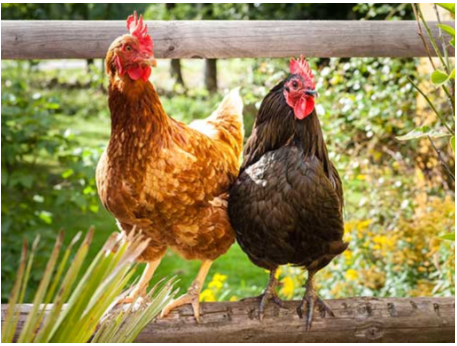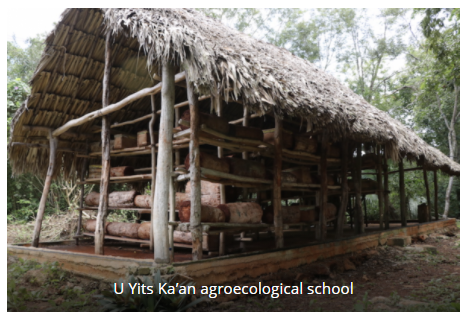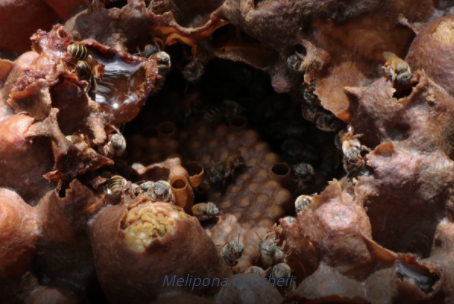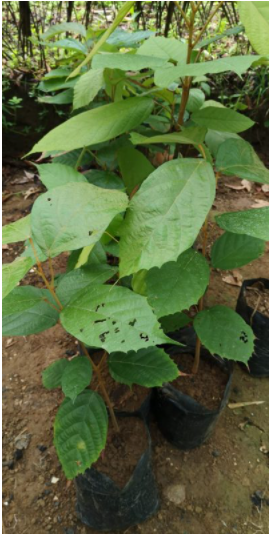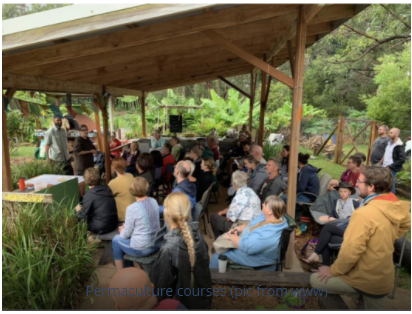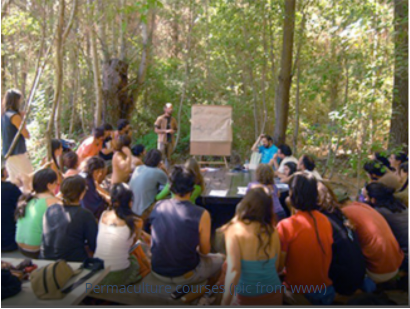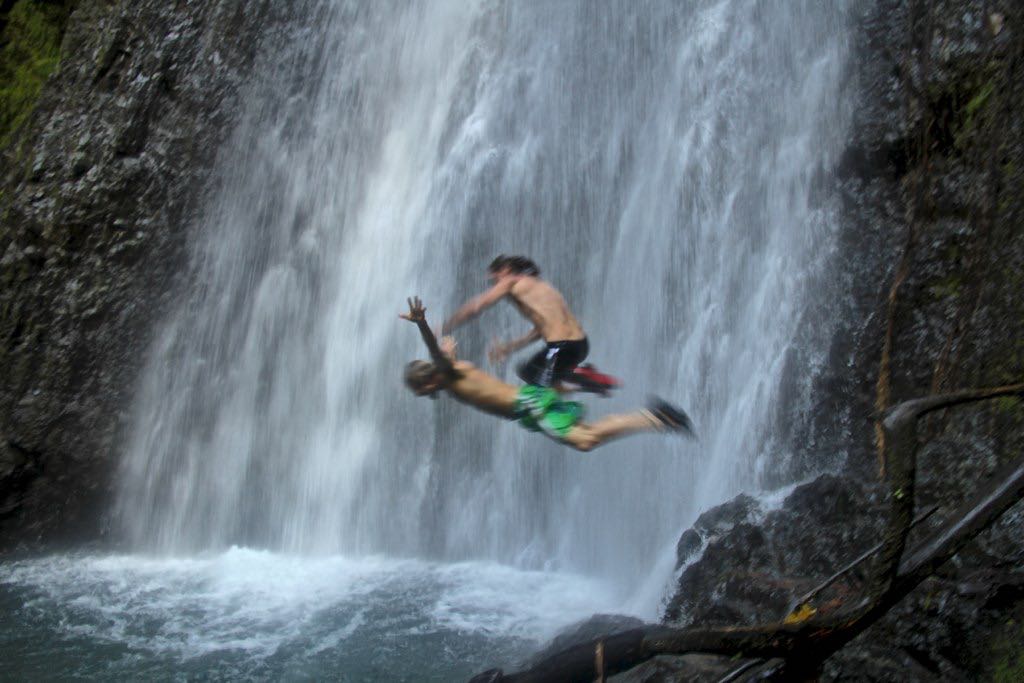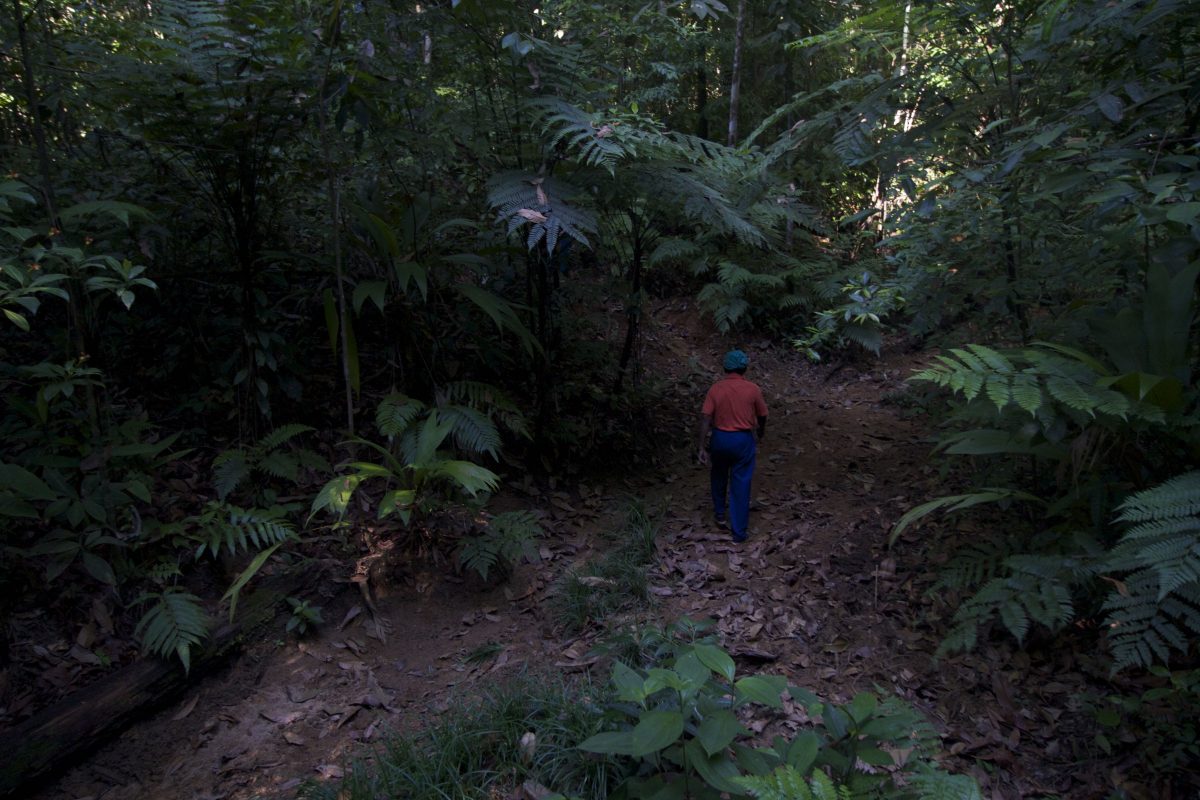Cocoterra is an experimental Rainforest Permaculture farm, devoted to the process of regenerative design and biodiversity conservation, on Costa Rica’s all time epic Osa Peninsula.
First Blog & New Website Goes Live…
Here you will find a general overview of who is Cocoterra, nestled on a gorgeous plateau overlooking the ocean and surrounded by gallery rainforest, where bird and wildlife sing and play.
Protecting Biodiversity
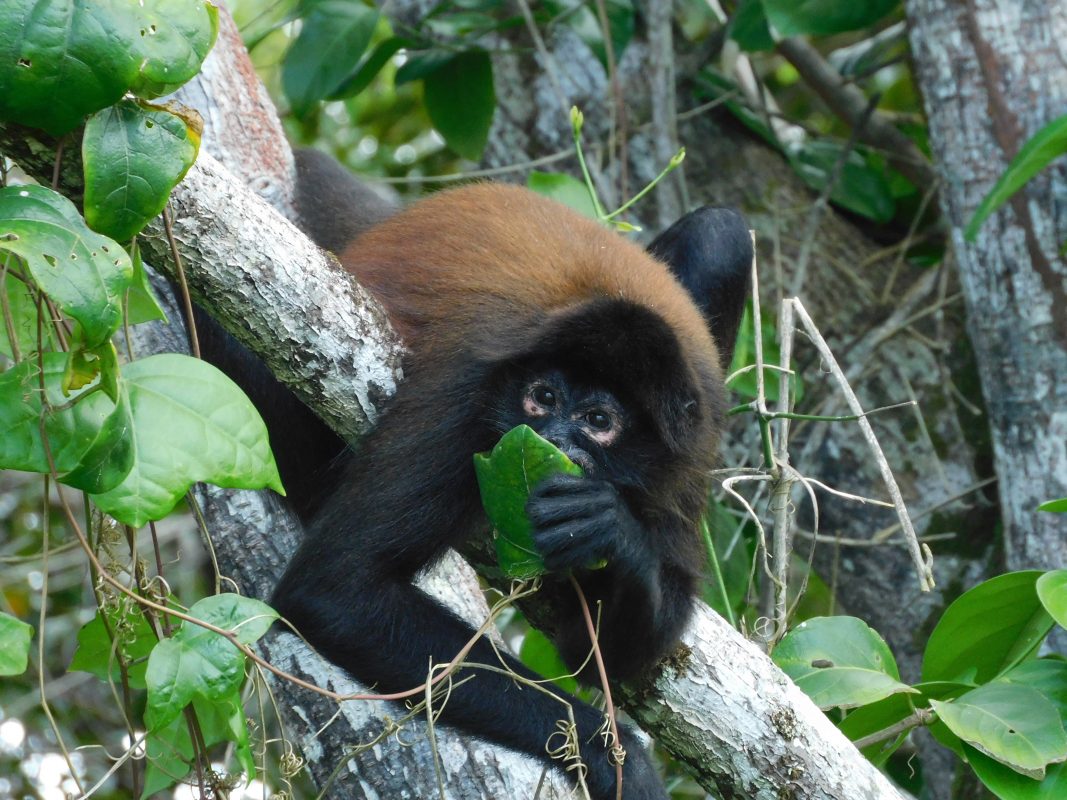
Spider Monkey 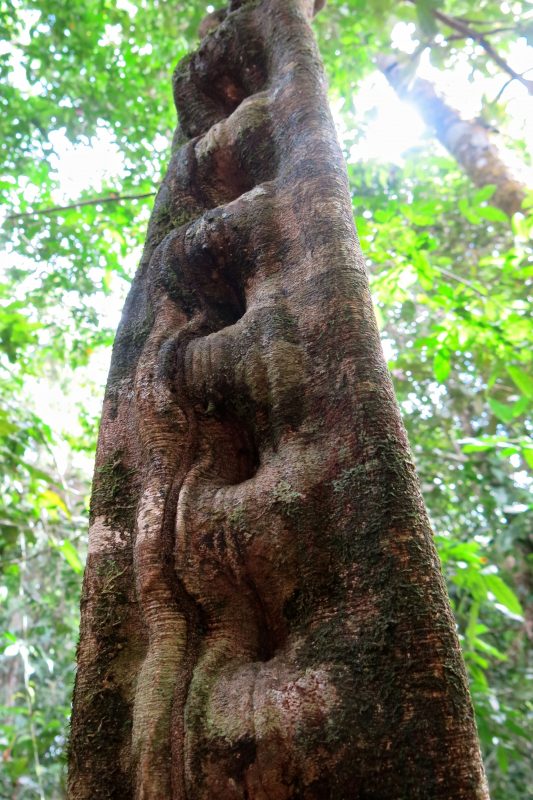
Spider Web 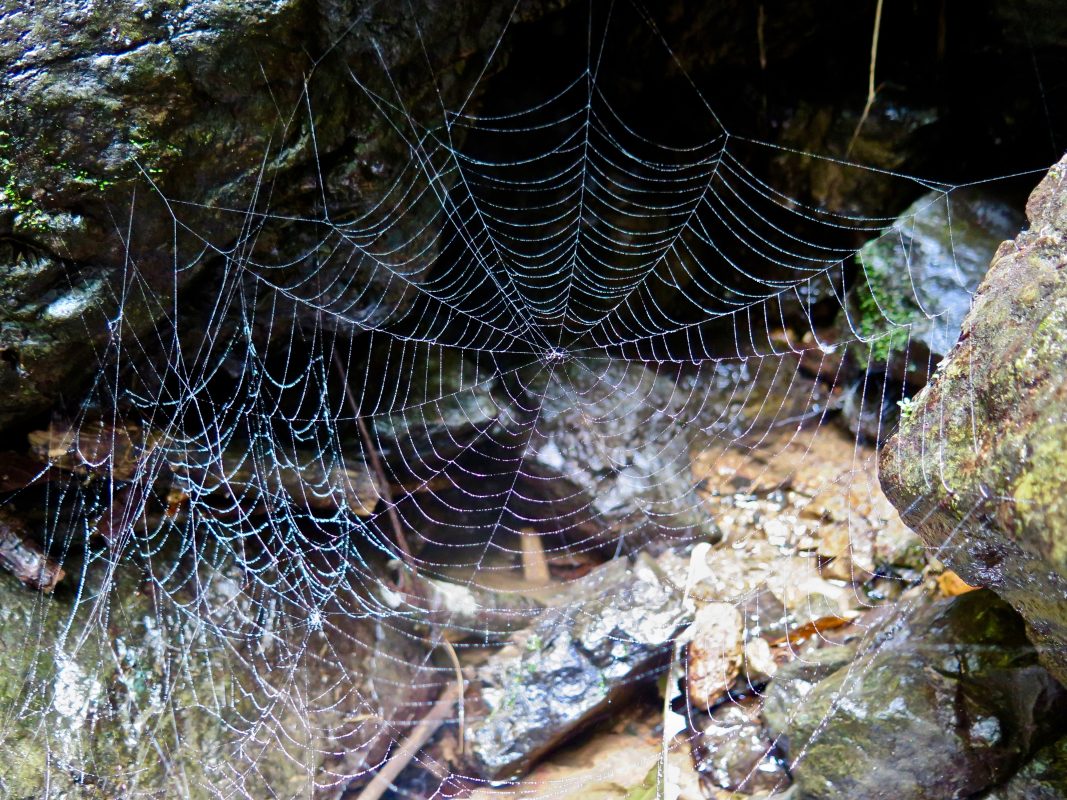
Monkey ladder vine
Cocoterra is situated in the upper Rio Claro watershed, adjacent to Corcovado National Park, in the rural farmland setting of the Los Planes Village. Situated at the pulsating heart of the Osa Peninsula, we are nestled in a biodiversity hot spot. Home to towering gallery rainforest, where we steward 72-acres of beautiful tropical land. Two swathes of pasture land are joined at the center of the property by the beautiful 100-foot Goddess Waterfall. With 48- acres of protected rainforest and surrounded by thousands of acres more, our comprehensive trail network allows first hand up-close encounters with the region’s unique biodiversity. Here a rich array of wildlife is present. Commonly seen at times are Tapir and monkeys, such as the Howler, Spider and White-face Monkeys, Parrots, Toucans and Macaws. Other creatures of these forests are the Armadillo, Agouti, Paca, Deer, Coati, Peccaries, Puma and the elusive Spotted Jaguar. A rich array of bird life is prevalent on the Osa, such as woodpeckers and tanagers, motmots and jacamars, flycatchers, trogons, manakins, and many species of birds of prey such as the elegant white hawk and the graceful swallow-tailed kite hawk and pygmy owls, among hundreds more. These rainforest have among the highest documented canopy in the entire Neotropics with trees reaching heights of up to 195 feet!
Permaculture Design
Demonstrating practical methods towards obtaining food security is a vital link in the continual efforts towards rainforest and wildlife conservation. As such the property serves as a Permaculture field school and biodiversity sanctuary, a place to promote hands on regenerative design for local and international workshop participants and volunteers. There is plenty of room for all of this on the 24-acres of pasture land currently being transformed into Permaculture gardens. Transforming once barren pastures into productive and diverse agricultural systems, Syntropic farming and analog forestry models is our passion. Most of the work goes to implementing the following practices:
* Biodynamic farming and organic food production
* Conservation of seed and plant diversity
* Composting, soil fertility building and soil conservation
* Raising of small animals, apiculture and chickens
* Cost effective back to the earth biotechnologies and building methods
Ethnobotanical Garden
The collection continues to grow, as new and more ethnobotanical treasures from central and south America begin to take root and adapt to their new home at Cocoterra. These botanical treasures of the ancient cultural heritage are living proof of the mastery of the ancients, the cures and uses of these plants are powerful and effective for aiding in healing, achieving balance and a renewed connection with the whole.
A Rainforest Rich in Medicinals
And the area is loaded with wild local medicinal plants of great value, a region rich in cultural significance and ethnobotanical lore, such as the Aceituno for riding parasites, and the sap of the Cerillo tree for cancer sores, the aromatic resin of Alcanfor, the red roots of the Cuculmeca for purifying the blood, the escalera de mono or monkey ladder that heals the kidneys, and the Guapinol sap that is the finest incense, among so many more…
Volunteer Headquarters
The next vital step forward is to construct a volunteer house and Permaculture school that will serve as the central headquarters so to say. This vision is to construct a two storied house, using mostly materials from the land and build according to rustic jungle design, with adobe plastered split bamboo walls. Top floor will serve as volunteer headquarters for camping and hammocks, and the bottom floor, a community kitchen and gathering / teaching area. This structure will allow us to enact our base camp, a place where to host volunteers and begin the permaculture workshops.
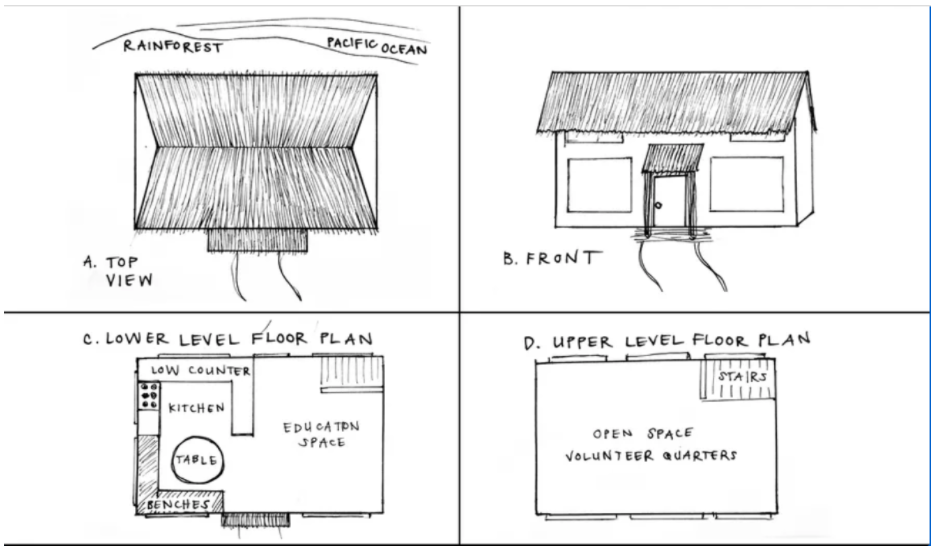
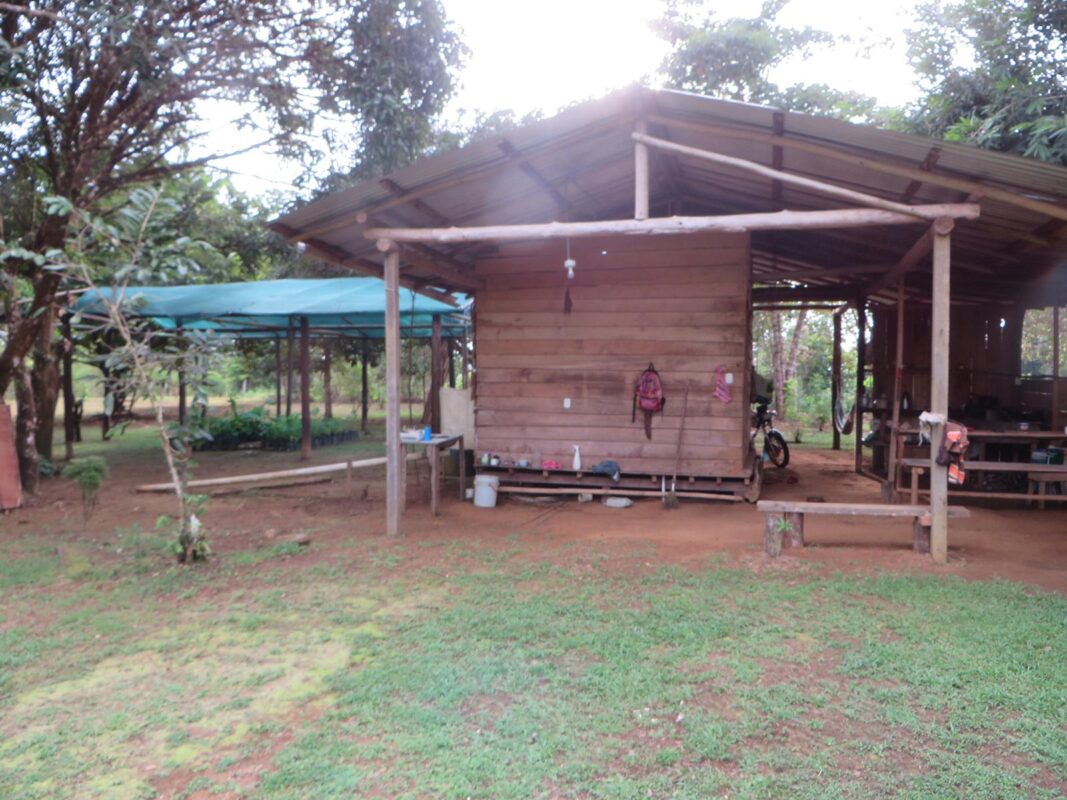
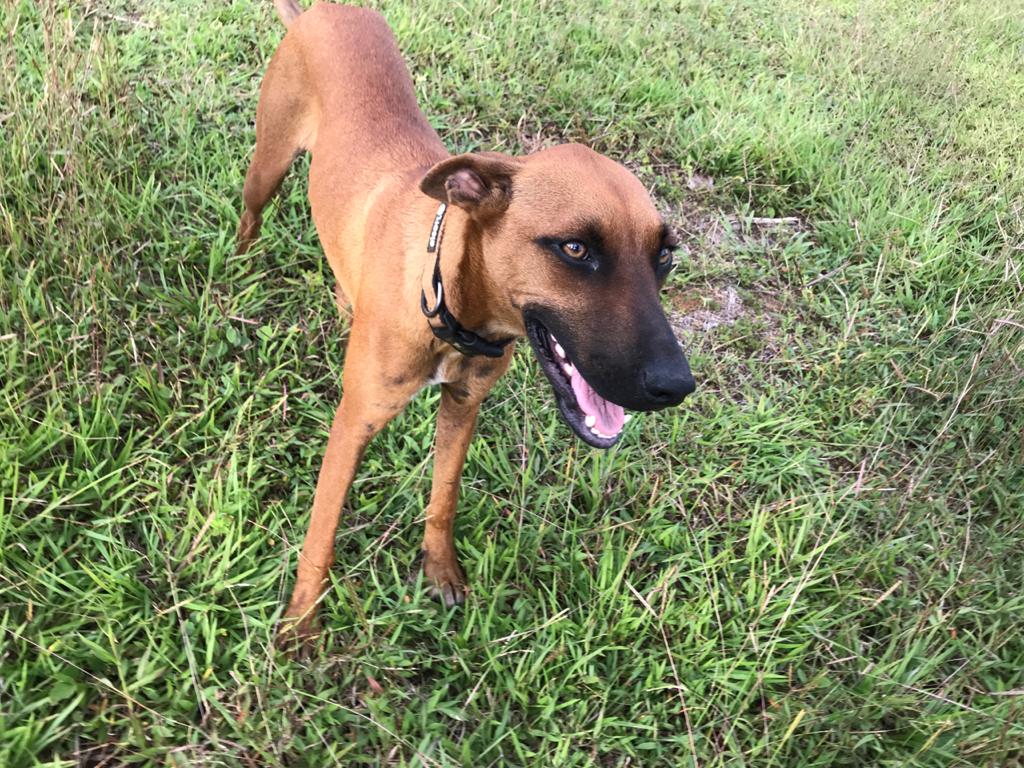
In kind Materials
For this one site we have 16 reclaimed ancient manu wood posts that have been collected over the years from trees that have fallen from natural purposes decades ago. Manu (Minquartia guianensis) is a wood that doesn’t rot and is ideal for posts. The magnificent Suíta palm (Asterogyne martiana) The “Star goddess” palm, is a wonderful gift of the rainforest, this noble leaf is used for roofing thatch, for the kitchen areas where the smoke from the fire keeps it cured allowing the leaf roof to cure and last for years. Another gift of the land are the abundant building poles, from trees such as Mayo Colorado (Vochysia megalophylla) and Targua (Croton draco).
Shaded Garden Area
Given the strong tropical sun and the pounding rains, coupled with low soil fertility, a shade house with raised beds filled in with fertile compost enriched soil, creates a new array of growing possibilities. A large shade house will be constructed with raised beds where improved soil and compost will be laid. Here we will also experiment with hydroponic cultivation of certain vegetables varieties. Given the large amount of coconut husk on hand at Cocoterra, this will be used as a cultivation medium.
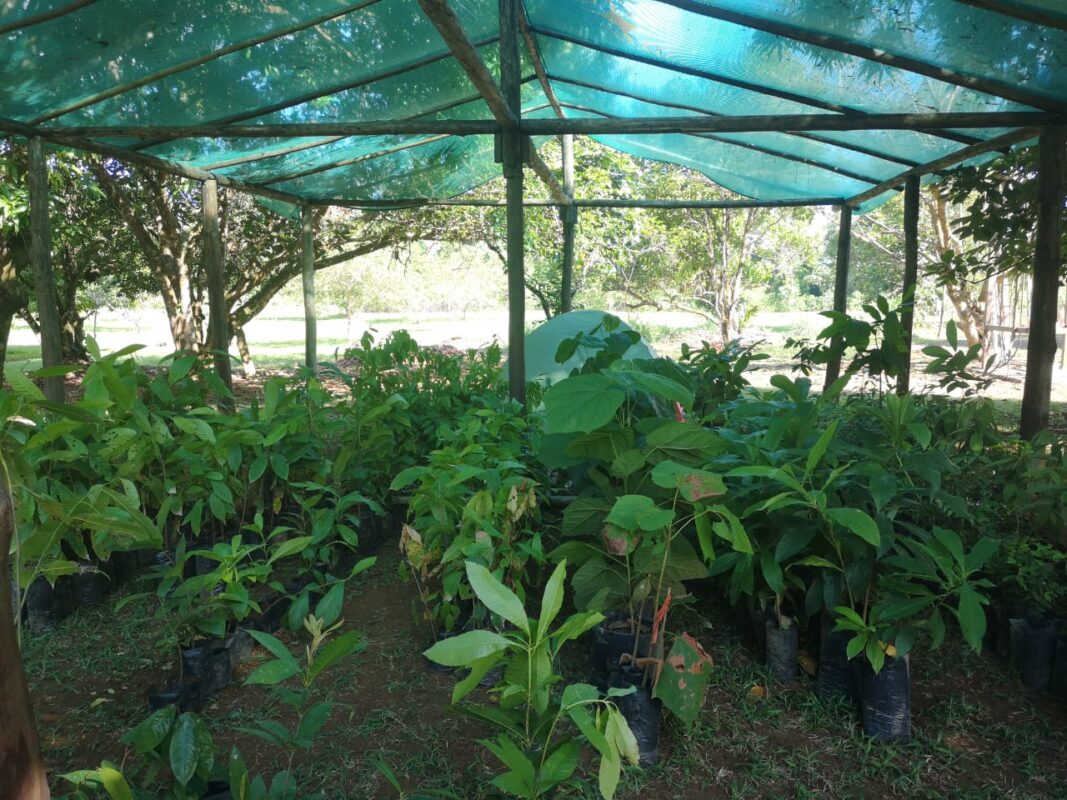
Composting
The compost area consists of a roofed shack approx. 4×7 meters in size, enclosed with fencing to keep animals out. Here several composting methods will be used. At the basic is regular compost, where three 1×1 meter boxes are used to pile layers of decomposing vegetable matter, kitchen scraps and manure. These units are for making classic compost. The abundant purple grass we have growing will serve the purpose for mulch mixed with cow, horse and chicken manure and other organic materials.

Bokashi
In 55-gallon drums we plan to make Bokashi ferment teas, these are nutrient rich super foods for plants. Bokashi is easy to make and improves tremendously the vitality and quality of garden crops. In our area, no one yet knows of this. Bokashi can be made from a fermented mixture of: ground lava rock, magnesium sulfate and potassium sulfate, mineral calcium, borax, processed rust from old nails and iron, molasses, whey from milk, ashes from the fire, and chopped up leaves from nettles and various leguminous plants. Mixed in goes dried and ground egg shells, worm casting’s, urea, and manure. All this is fermented together to make a super concentrated foliar and root superfood. An area for growing worms to obtain worm castings will also be implemented here.
Alley Cropping
This is an ingenious method of diversifying farm income, improving crop production and providing protection and conservation benefits to crops. Alley Cropping establishes rows alleys of nutrient rich treelets and bushes. These are planted wide spacings where companion crops are grown in the alleyways between the rows. Trees selected for alley cropping are those that do well with continual pruning, given they are used to mulch the soil, keep weeds at bay. Leguminous bushes serve great in that they also enrich the soil with vital nitrogen. Certain areas of the old pasture are being planted with alleys to begin establishing and experimenting with this practice.
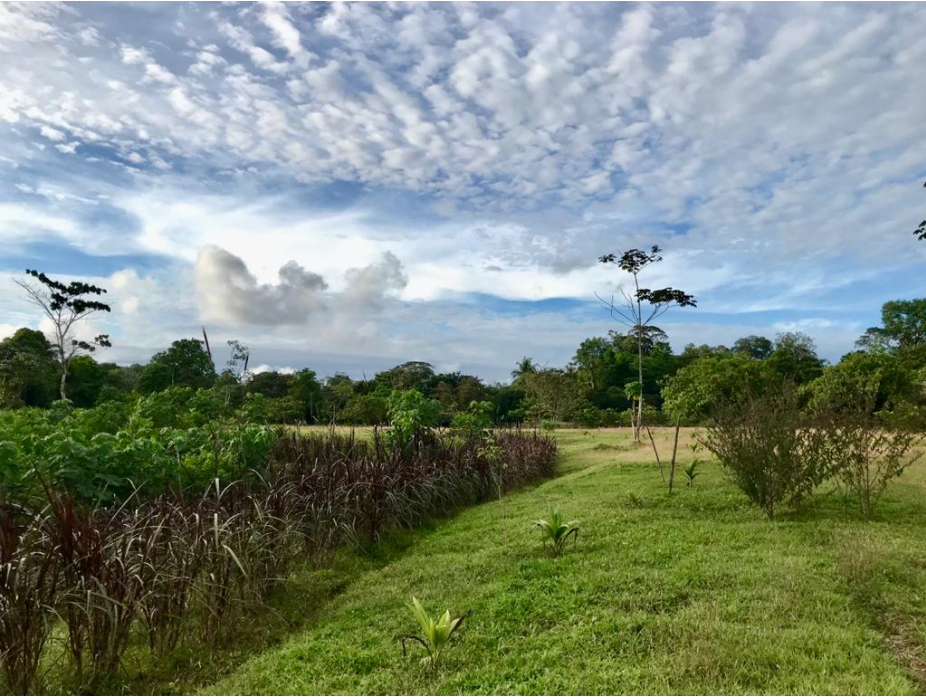
Chicken coop and small animal husbandry
A mobile chicken coop is being constructed for raising egg laying chickens. The mobility allows the coop to be moved across the property where the hens can eat the fresh grass and bugs and manicillo peanut grass, this being Arachis pintoi. The chicken manure is used for the compost and bokashi making. Eventually we will expand to continue with different types of small animal raising, that serve’s for important source of nitrogen rich compost manure, vital for soil regeneration.
Apiculture
It is well known that bees assist in pollination, and as such increase crop yields. Besides apis melifera, the classic Jicote Castilla, the European honey bee now naturalized in Costa Rica, we will also establish an apiary of native stingless honey bees such as the Tetragonisca angustula, local known as Mariola’s and Jicote Gato bees Melipona beecheii, known as Jicoté Gato, the infamous Royal Lady Bee.
Bio-digestor for cooking gas
Given our remote area and the high cost of cooking gas, we plan to install a biodigestor, that produces cooking gas from pig excrement. There are models applied in regions all over Costa Rica, though in our area, as far as we know, no one is as of yet applying this practical method of producing cooking gas, despite the fact that most people here raise pigs.
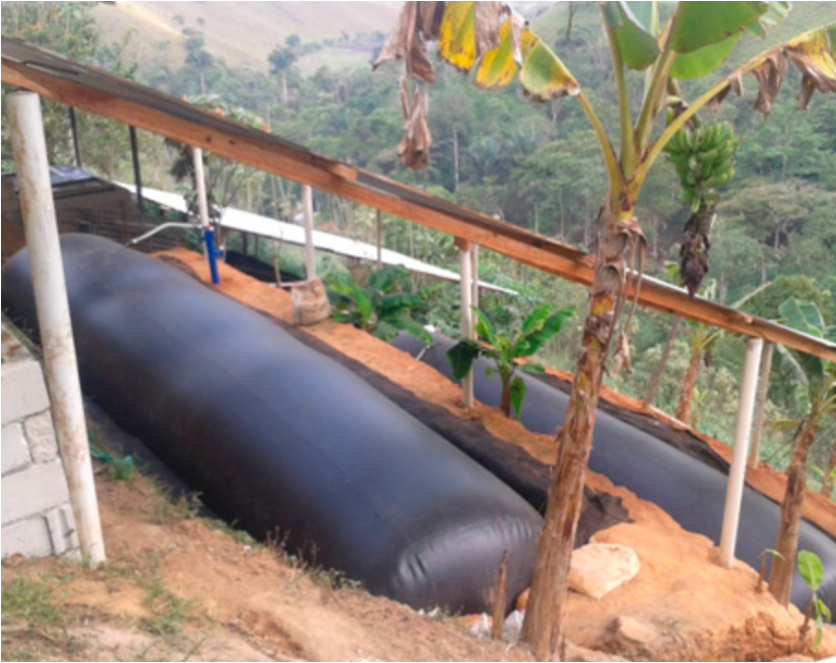
Next steps
The immediate next steps at Cocoterra now that the rains are upon us, is the planting out of our extensive tree nursery. The nursery now harbors over 800 rare and exotic fruit, nut and medicine trees. Avocados, Araza, Borajo, Caimitos, Cannonball trees, Champadek, Colombian zapote, Durian, Guapinol (Sugar powder tree), Gourd trees, Guayusa, Ice Cream Beans, Mangostan, Mango Zapata, Mamey, Marang, Pejibaye palm, Rain tree, Tree Grapes, Ylang Ylang, and more. A special emphasis has been placed on the collection of ancestral heirloom cacao varieties and wild cacao relatives and cultivars such as a Cupasu, Cambiac and Patas all growing the nursery awaiting to be planted according to the Permaculture design for the land.
Permaculture Courses
A powerful synergy is created when people of many walks of life join for a single purpose. The intentions at Cocoterra are to eventually when we are prepared enough to do so and have built the teaching center and volunteer base camp, hold multidisciplinary Permaculture Courses, and workshops on the theme of regenerative design and sustainability. The intentions are to invite representatives from country folk and indigenous people’s communities, government and non-governmental organizations, educators and international participants, all coming together to learn Permaculture, this to provide for the much-needed educational transmission of permaculture and regenerative design examples, that will help the region make the shift towards food security and biodiversity conservation.
Rainforest Trails
The beauty of Cocoterra not only lies in is setting, but in the epic world class rainforest that is protected on this property. Here a wide and extensive trail network allows for students, visitors and volunteers to experience and discover the majesty of the rainforest first hand.
A non-profit organization
Cocoterra Rainforest Permaculture Costa Rica is a Permaculture School and Biodiversity Sanctuary on the Osa Peninsula, held in stewardship of the Costa Rican non-profit organization, SIWARANCRA Sociedad Civil. We are a sister project of the US based Living Bridges Foundation Inc., our US based fiscal sponsor, through which tax-deductible donations for this project can be channeled.
Support Regneration
Cocoterra Rainforest Permaculture is a farmland restoration project and permaculture education center in the heart of the Osa Peninsula, Costa Rica. Cocoterra provides immersive, hands-on educational opportunities for community members, visitors, and volunteers to learn about permaculture, regenerative design models, rainforest and biodiversity conservation, sustainable food production, food security, ethnobotany and herbalism, all while transforming pasture land into an abundant source of food, medicinal plants, and wildlife habitat. At this critical point in time when the precious rainforests of the Osa Peninsula are threatened by an influx of humans, this project unites people from many walks of life under the common goal of protecting working towards food security, rainforest and wildlife conservation and regenerative design.
To support our Go Fund Me campaign click here
